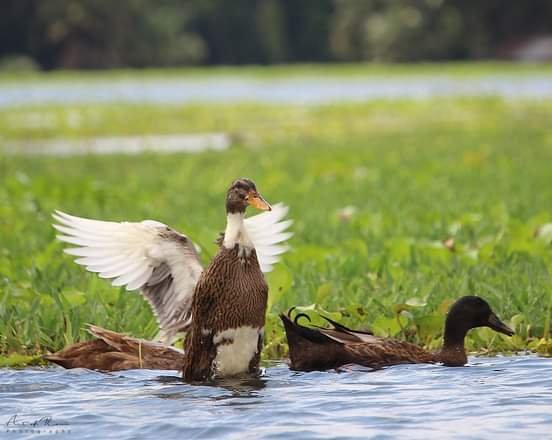
stopped carrying a notebook. Sometime in the past year, I gave up writing hurried descriptions of people on the subway, copying the names of artists from museum walls and the titles of books in stores, and scribbling down bits of phrases overheard at restaurants and cafés.
It’s not that my memory improved but, instead, that I started archiving these events and ideas with my phone, as photographs. Now, if I want to research the painter whose portraits I admired at the museum, I don’t have to read through page after page of my chicken scratch trying to find her name. When I need the title of a novel someone recommended, I just scroll back to the day we were at the bookstore together.
Looking through my photo stream, there is a caption about Thomas Jefferson smuggling seeds from Italy, which I want to research; a picture of a tree I want to identify, which I need to send to my father; the nutritional label from a seasoning that I want to re-create; and a man with a jungle of electrical cords in the coffee shop, whose picture I took because I wanted to write something about how our wireless lives are actually full of wires. Photography has changed not only the way that I make notes but also the way that I write. Like an endless series of prompts, the photographs are a record of half-formed ideas to which I hope to return.
Last year, I wrote something about a leech salesman whom I’d met in Istanbul. Weeks later, a friend who had been with me in Turkey wrote to say how impressed she was by the particulars that I had been able to recount. “Did you make detailed notes that day, or do you simply remember all this?” she asked. In fact, I had written the essay after studying photographs that I had taken of the man and his leeches. When she praised a specific bit of description, I had to admit that it hadn’t come about spontaneously—it was only after looking carefully at the photographs and trying out various metaphors that I settled on the idea that the leeches were gathered around the middle of the bottle like a belt.
Even when I’m writing longhand, it’s rare that I do not have my photo gallery open, or have a few photographs in front of me. If I am trying to describe a place, I find pictures that I took of that place; if I am sketching a human subject, I look for images of her. When my own albums fail me, I go down the rabbit hole of Google image search.
James Wood, in “How Fiction Works,” writes that photographs can deaden prose. “There is nothing harder than the creation of a fictional character,” the section on character opens. “I can tell it from the number of apprentice novels I read that begin with descriptions of photographs.” By way of illustration, he skewers the kind of writing that is drawn from pictures. “You know the style: ‘My mother is squinting in the fierce sunlight and holding, for some reason, a dead pheasant … my father, however, is in his element, irrepressible as ever, and has on his head that gravy velvet trilby from Prague I remember so well from my childhood.”
Wood’s perfect parody concludes with the indictment that an “unpractised novelist cleaves to the static, because it is much easier to describe than the mobile.” By contrast, Don DeLillo has said that single images inspired some of his novels. “Falling Man” came from the curiosity generated by the photograph of that same title, by Richard Drew, a haunting image of a survivor from the attack on the Twin Towers. “Underworld” was sparked by juxtaposed headlines in the New York Times: “I saw these two headlines, literally, in a pictorial way,” DeLillo said, “the way they were matched, each followed by three columns of type.
Whole writing exercises are devoted to photographs: choose a picture and create a narrative from its visual content; provide a photograph and ask a writer to use a person or an object in it as a character or prop for a story. Both fiction and nonfiction writers walk with this crutch, hobbling their way through writer’s block or memory loss. Photographs that may deaden the prose of a fiction writer might enliven the work of an essayist; the same photographs that enable the precision of the journalist might inspire the whimsy of a poet.
Digital photography, endless and inexpensive, has made us all into archivists. And the very act of taking a photograph, now so common, affects how we remember an event. A study by Linda Henkel, which appeared in Psychological Science last year, tried to measure the effect of photography on memory. “Point-and-Shoot Memories: The Influence of Taking Photos on Memory for a Museum Tour” documented Henkel’s findings after taking two groups of students through an art museum. The first group was instructed to observe works of art for thirty seconds, the other group observed the art for twenty seconds and then photographed it; the next day, both groups were surveyed about what they remembered.